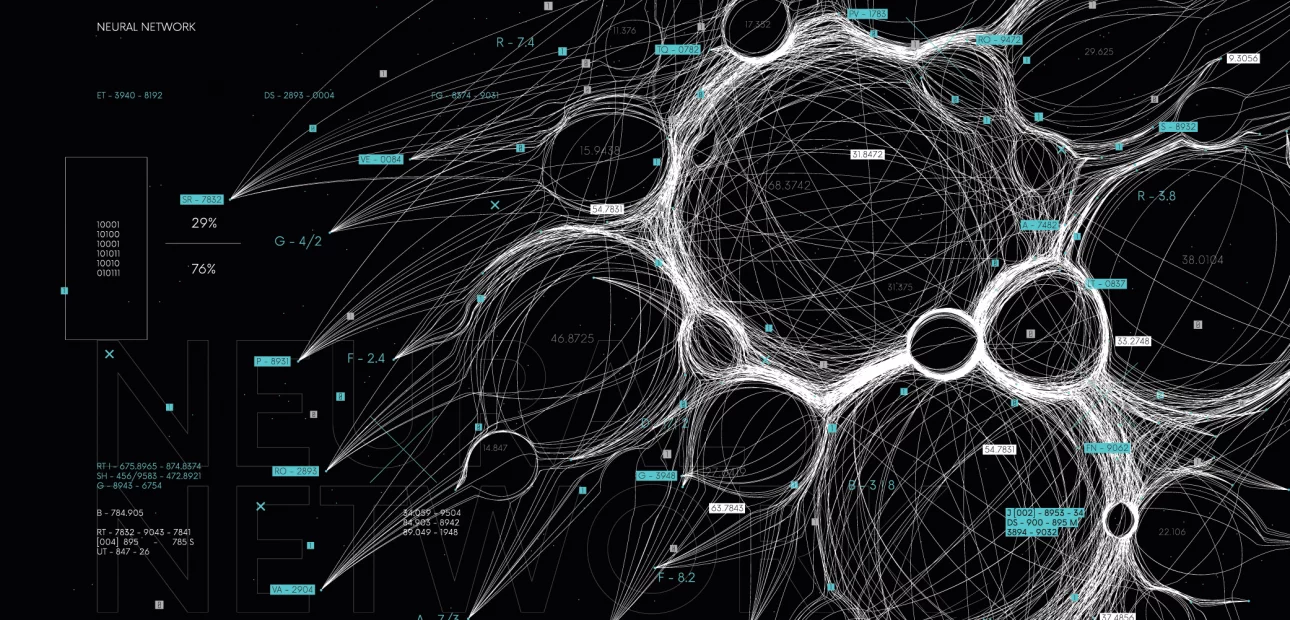
Neural networks are a type of machine learning algorithm modeled after the structure of the human brain. They have gained popularity in recent years due to their ability to solve complex problems in various fields such as image and speech recognition, natural language processing, and robotics. In this article, we will delve into the development of neural networks, their architecture, training process, and some applications.
What are neural networks?
Neural networks are a set of algorithms that mimic the structure of the human brain. They consist of interconnected nodes or neurons that process and transmit information to other neurons. These nodes are organized into layers, with the input layer receiving data from the outside world and the output layer providing the final output.
History of neural networks:
The concept of neural networks dates back to the 1940s, but it was not until the 1980s that the technique gained popularity due to the work of researchers such as Geoffrey Hinton, Yann LeCun, and Yoshua Bengio. Their contributions to deep learning, a type of neural network with multiple layers, led to significant advancements in areas such as image and speech recognition.
Neural network architecture:
Neural networks can be organized into various architectures, including feedforward, recurrent, convolutional, and generative. Feedforward neural networks are the simplest and consist of an input layer, hidden layers, and an output layer. Recurrent neural networks use feedback connections, allowing the network to process sequential data. Convolutional neural networks are designed for image processing tasks, and generative neural networks are used for tasks such as image and text generation.
The training process:
Training a neural network involves feeding data into the network and adjusting the weights between neurons to minimize the error or difference between the predicted output and the actual output. This process is done using a training algorithm such as backpropagation, which calculates the gradient of the error with respect to the weights and adjusts them accordingly.
Applications of neural networks:
Neural networks have been applied in various fields such as finance, healthcare, and robotics. They have been used for tasks such as fraud detection, disease diagnosis, and autonomous driving. In the financial industry, neural networks are used for predicting stock prices and credit risk analysis. In healthcare, they have been used for medical imaging analysis and drug discovery.
Challenges and limitations of neural networks:
Although neural networks have shown significant progress in solving complex problems, they also face challenges and limitations. One of the main challenges is the difficulty in interpreting and understanding the inner workings of the network. They also require large amounts of data and computational resources, which can be costly.
Future of neural networks:
Neural networks are expected to continue advancing and finding new applications in various fields. One area of interest is the development of explainable AI, where the inner workings of the network can be interpreted and understood. There is also research being done on the development of more efficient and lightweight neural networks for use in mobile and IoT devices.
Conclusion:
Neural networks are a powerful tool for solving complex problems and have found applications in various fields. As advancements in technology continue to progress, so will the capabilities of neural networks, leading to new and exciting applications.
